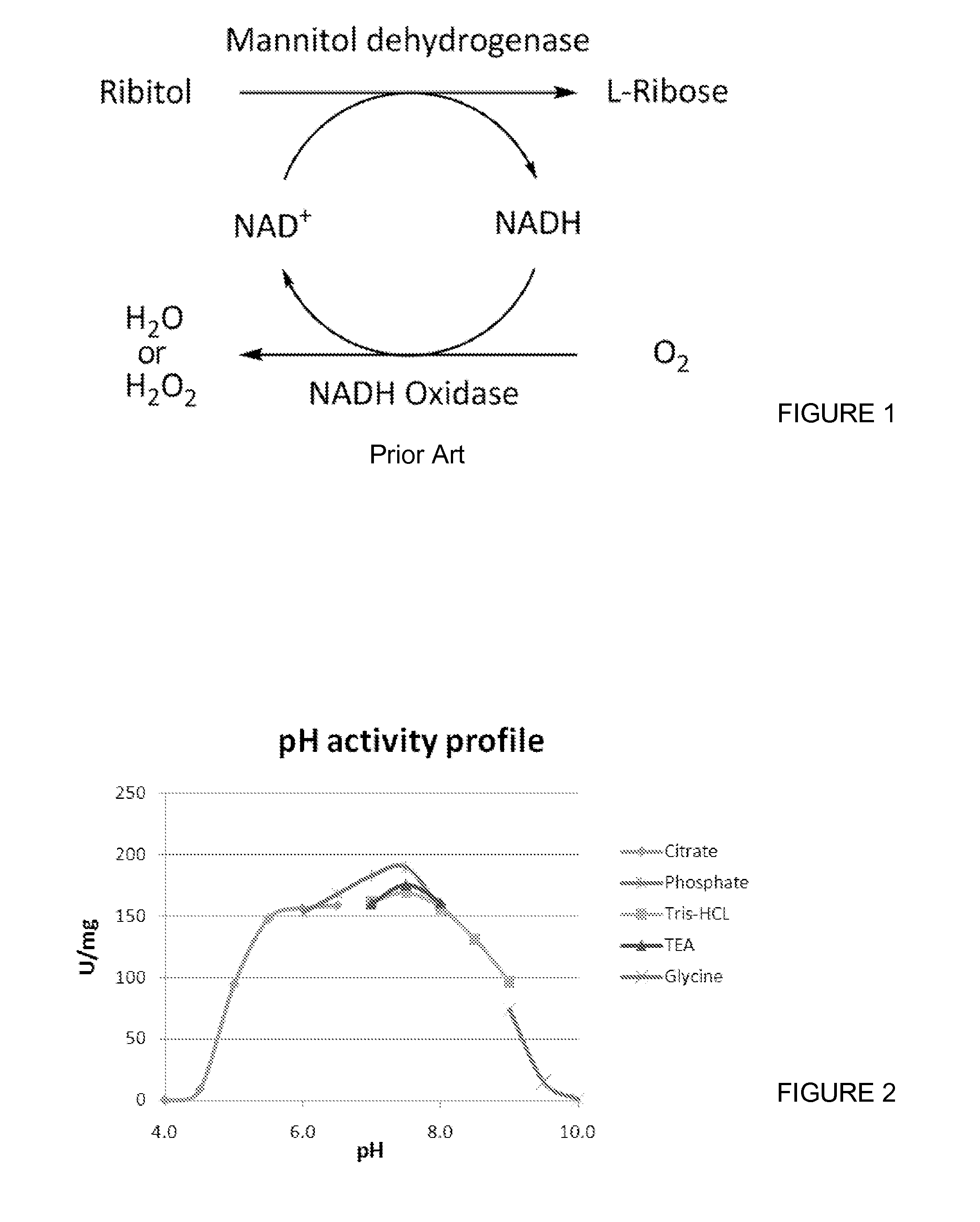Inventors at Georgia Tech identified a novel NADH oxidase, NoxV, isolated from Lactobacillus plantarum and engineered a recombinant form that can use both NADH and NADPH as substrates. This recombinant oxidase offers higher stability and activity compared to other NADH oxidases and confers cofactor regeneration for both NADH or NADPH, alone or in combination, to NAD+ or NADP+. This NADH oxidase set a record total turnover number, both in the presence and absence of exogenously added reducing agents. The heightened activity of this oxidase, particularly in the absence of reducing agents, makes this ideally suited for simpler, more efficient, large-scale biocatalysis reactions.
- Biocatalysis is used in many industries including food, bioenergy, & pharmaceutical.
- Recycling cofactors is necessary to control costs of biocatalysis reactions.
- NADH oxidases convert NADH to NAD+, a major cofactor involved in biocatalysis.
- The recombinant NADH oxidase can use both NADH & NADPH as substrates.
- High stability & enhanced enzymatic activity.
- Highly active even in the absence of reducing agents.
- New enzymes and method for recycling NAD or NADP (two important factors involved in biocatalysts
- Food technology
- Cosmetics
- Bioenergy
- Pharmaceutical development
Biocatalysis is a process through which naturally occurring enzymes or live microbial cultures are used to chemically transform organic compounds. This process is used in numerous industries including food and beverage and more recently for pharmaceutical development. However, recycling the major cofactors (NAD+) involved in biocatalysis is necessary in order to control costs. NADH oxidases, which convert NADH to NAD+, are being investigated for this purpose. The development of stable and highly active enzymes such as NADH oxidases that can generate large pools of available NAD+ could significantly enhance and expand the use of biocatalysis.

